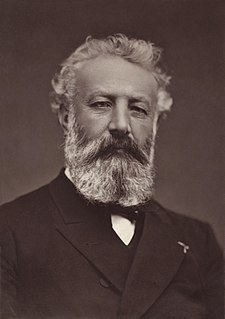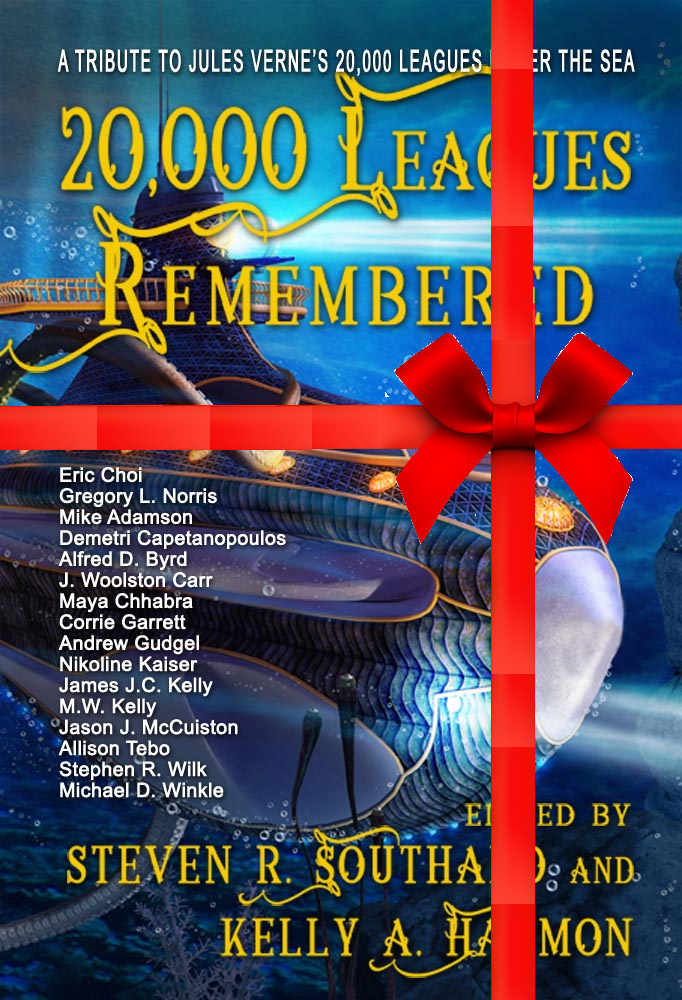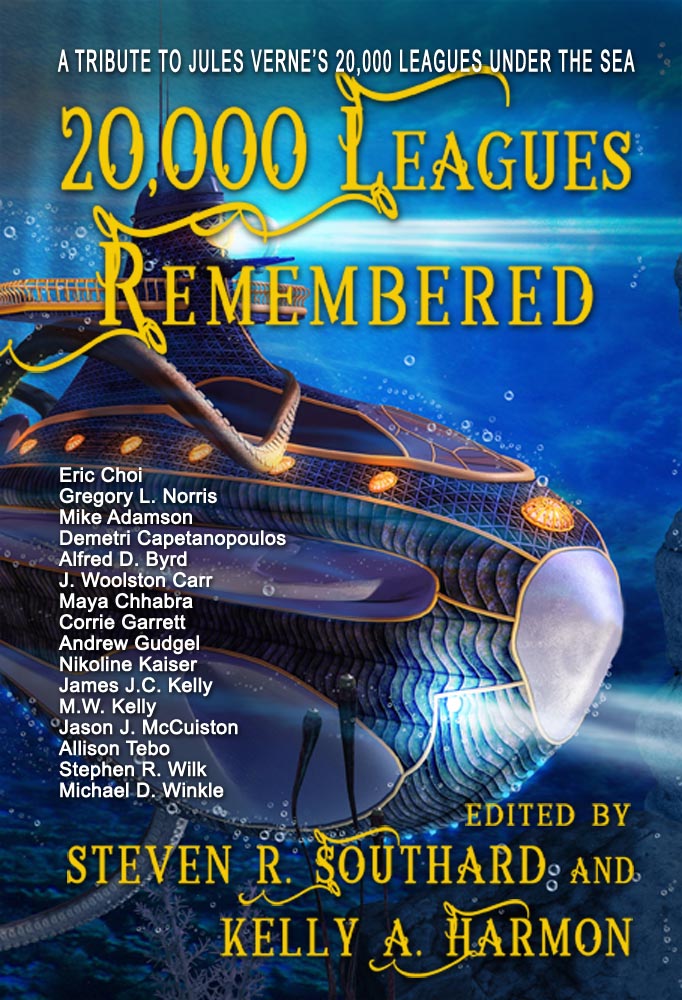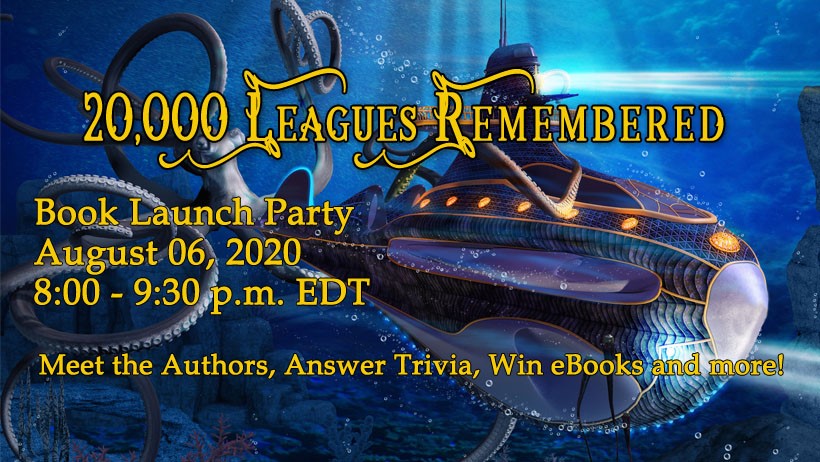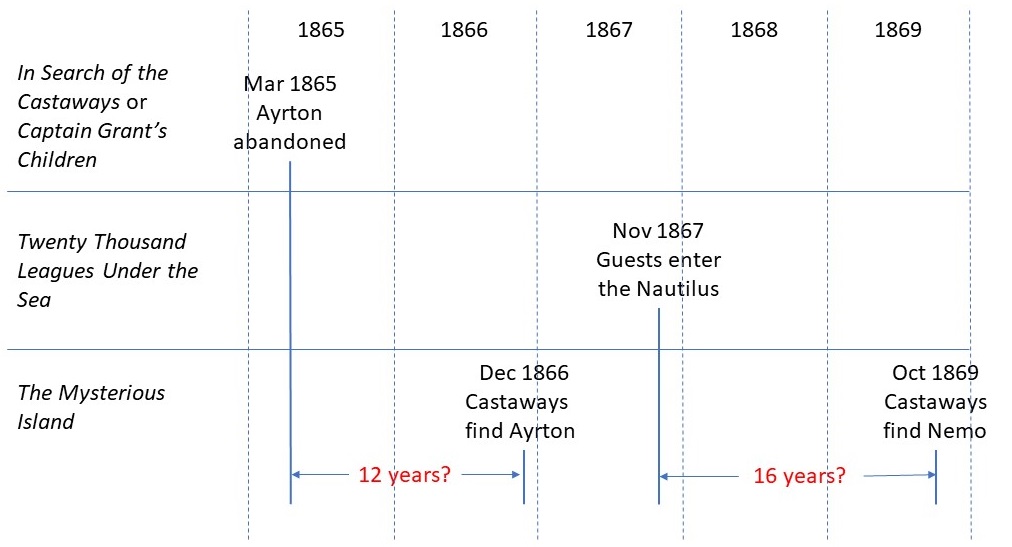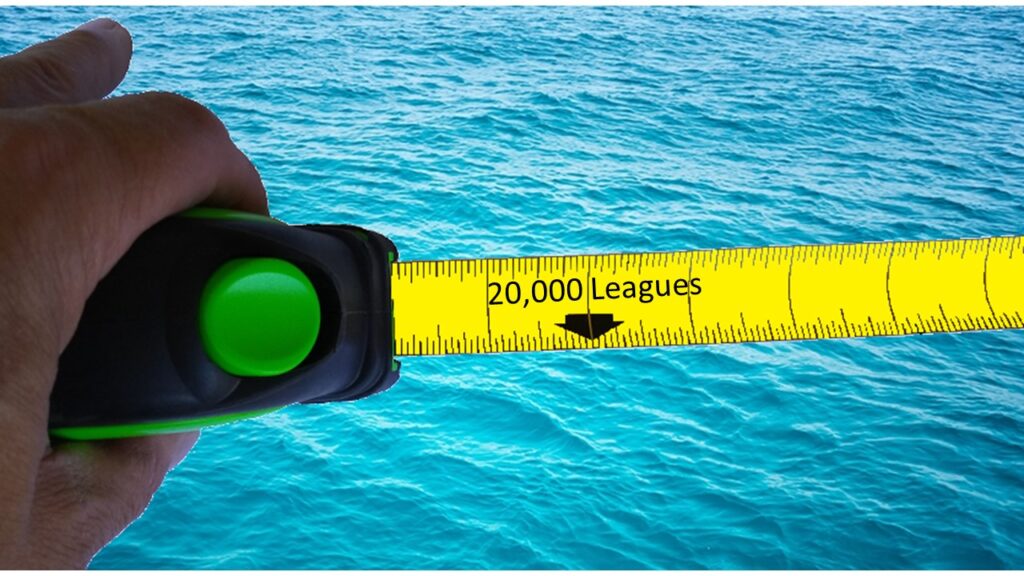He’s looking good, for a 193-year-old.
That’s the thing about great writers of the past, they still speak to us. In a sense, they live forever.
Would you expect there’d be an active fan club devoted to you, in a foreign country, 116 years after your death? In Verne’s case, there are several. The one I’m most familiar with is the North American Jules Verne Society.
A couple of months ago, I mentioned the NAJVS is sponsoring an anthology of short fiction, the first of those it’s ever done. The working title for the anthology is Extraordinary Visions: Stories Inspired by Jules Verne. I’m fortunate enough to be part of the editing team.

That call for submissions is still active and NAJVS will be accepting stories (and artwork) until April 30. For more details, click here.
So far, we’ve received some good story submissions. However, we could use more stories based on the full range of Verne’s oeuvre. To start creative fluids coursing through your veins, allow me to mention that Jules Verne wrote about:
- A 35-day balloon trip over Africa (Five Weeks in a Balloon)
- A voyage to the North Pole with a mutiny, an ice palace, and a volcano (The Adventures of Captain Hatteras)
- A hike many miles underground, encountering a subterranean ocean and prehistoric animals (Journey to the Center of the Earth)
- A journey to the Moon aboard a projectile launched from a cannon (From the Earth to the Moon)
- A globe-girdling quest for a lost father, knowing only his geographic latitude (In Search of the Castaways)
- A trek across Russia by courier who can’t see where he’s going (Michael Strogoff)
- A comet slicing off a chunk of the Earth, with people and animals still on it (Off on a Comet)
- A family living underground for a decade (The Child of the Cavern)
- Two men using their halves of an inheritance to establish rival utopian cities (The Begum’s Fortune)
- A steam-powered mechanical elephant marching across India (The Steam House)
- A ship-sized helicopter operated by a mad scientist (Robur the Conqueror)
- An attempt to alter the Earth’s axis (The Purchase of the North Pole)
- A mysterious Count in a Transylvanian castle, that might have inspired Bram Stoker’s Dracula (The Carpathian Castle)
- A man-made, propeller-driven island (Propeller Island)
- A vehicle that operates on land, on and beneath the water, and in the air (Master of the World)
- A plan to flood the Sahara Desert to create an inland sea in North Africa (Invasion of the Sea)
- A description of Paris nearly 100 years in Verne’s future. (Paris in the Twentieth Century)
Oh, yeah. Verne also wrote a book about a submarine (Twenty Thousand Leagues Under the Sea). In fact, the above list is way, way incomplete.
Still, something on that list should nudge a neuron in your noggin, move your muse to murmuring, and cause you to commence clacking on your keyboard.
Today, his birthday, is a fine day to channel your inner Verne. Allow him to inspire you to write a great story, or create a cover image. Send it in. Eagerly waiting to read your tale or view your art is a group of NAJVS editors, who happen to include—
Poseidon’s Scribe

